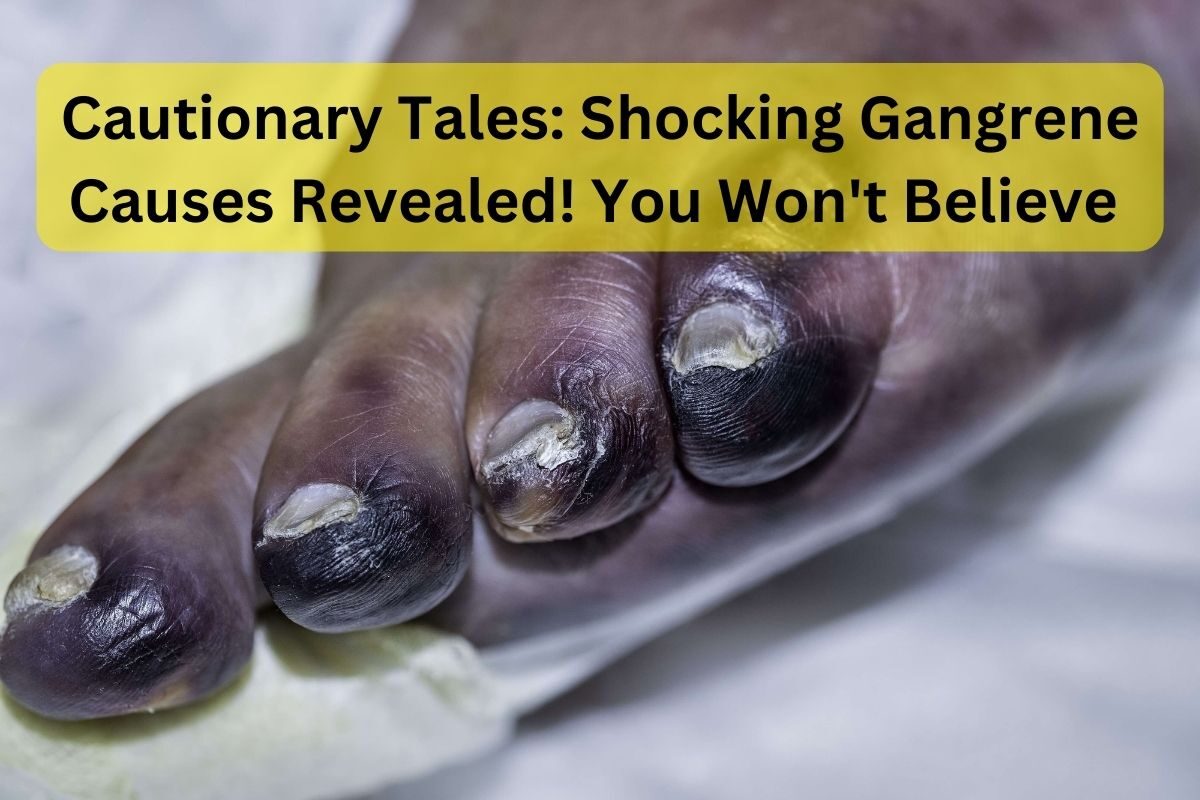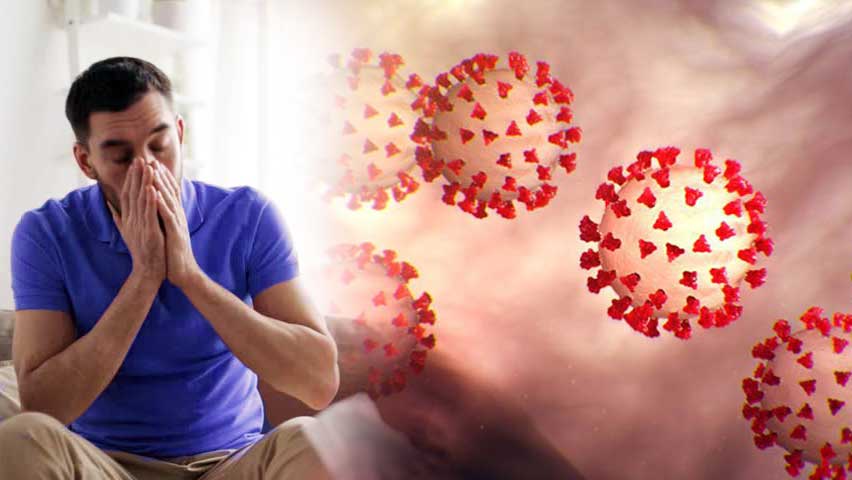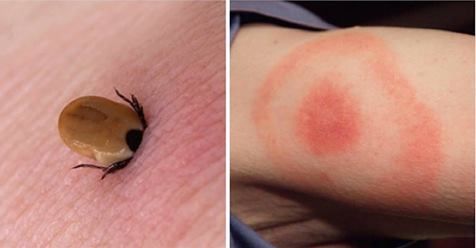Gangrene is a serious disease characterized by tissue death due to lack of blood supply. It can occur due to a number of factors, including long-term illness such as diabetes or damage that leads to infection of deeper tissues. Prompt diagnosis, appropriate treatment, and preventive measures are essential for effective gangrene control. In this article, we’ll take an in-depth look at the etiology, diagnosis, treatment options, and preventive measures associated with gangrene.
Causes of gangrene:
Gangrene can be caused by an underlying condition that causes damage to blood vessels, such as diabetes, or by an injury that causes infection. Long-term diseases such as diabetes and high blood lipids can cause damage and blockage of blood vessels, which can reduce blood supply to certain parts of the body. Burns or damage to blood vessels can also lead to tissue death, as they can lead to deeper tissue infections, causing the affected area to swell and block blood vessels.
Diagnosis of gangrene:
Diagnosing gangrene involves a comprehensive approach that includes the patient’s medical history, a complete physical examination, and various clinical and laboratory tests. A medical history may reveal conditions such as diabetes, high blood cholesterol, or a history of accidents or burns. During a physical exam, the affected area will often show obvious signs. Dry gangrene appears dry, cold, and black, while wet gangrene causes swelling, pus, and discoloration. Laboratory tests, including blood tests, tests for suppuration, blood cultures, radiation imaging (X-rays, CT scans, MRI scans), and surgical tests, help confirm the diagnosis and determine the severity of the condition.
Treatment programs:
Treatment of gangrene focuses on three key goals: surgical debridement, prevention of infection and its spread, and control of the underlying condition to prevent recurrence. Surgical debridement involves the removal of dead tissue to prevent further infection and promote healing. In severe cases, amputation of the affected limb may be required. Antibiotics play a vital role in treating gangrene by fighting infection. Depending on the type of infection, antibiotics may be given orally, intravenously, or intramuscularly. Vascular procedures, such as bypass surgery and angioplasty, can restore blood flow and alleviate the underlying cause of gangrene. Also, in some cases, alternative treatments may be considered, such as maggot therapy, which involves the use of specially bred maggots to feed on dead tissue while promoting healing, or hyperbaric oxygen therapy, which enhances the supply of oxygen to the affected area.
To prevent gangrene:
Prevention plays a vital role in the effective management of gangrene. People with conditions such as diabetes or high cholesterol should work to control blood sugar and cholesterol levels with medication, lifestyle changes, and a balanced diet. Regular exercise, good foot and extremity care, and annual foot exams by a podiatrist are essential for people with diabetes to prevent foot ulcers that can lead to gangrene. It is important to avoid walking barefoot, protect extremities from harsh chemicals and burns, and maintain proper hygiene and dryness of feet. Quitting smoking is crucial because smoking can lead to peripheral artery disease, a condition that reduces blood supply to the fingers and toes. Cutting down on alcohol can also help reduce the risk of gangrene by preventing high cholesterol and hardening of the arteries.
Conclusion:
Gangrene is a serious disease that requires prompt diagnosis, appropriate treatment, and preventive measures to minimize its effects. Identifying the underlying cause, such as a long-term illness or injury, and seeking prompt medical attention is critical. Treatment options may include surgical debridement, antibiotics, vascular surgery, and alternative therapies such as maggot therapy or hyperbaric therapy



